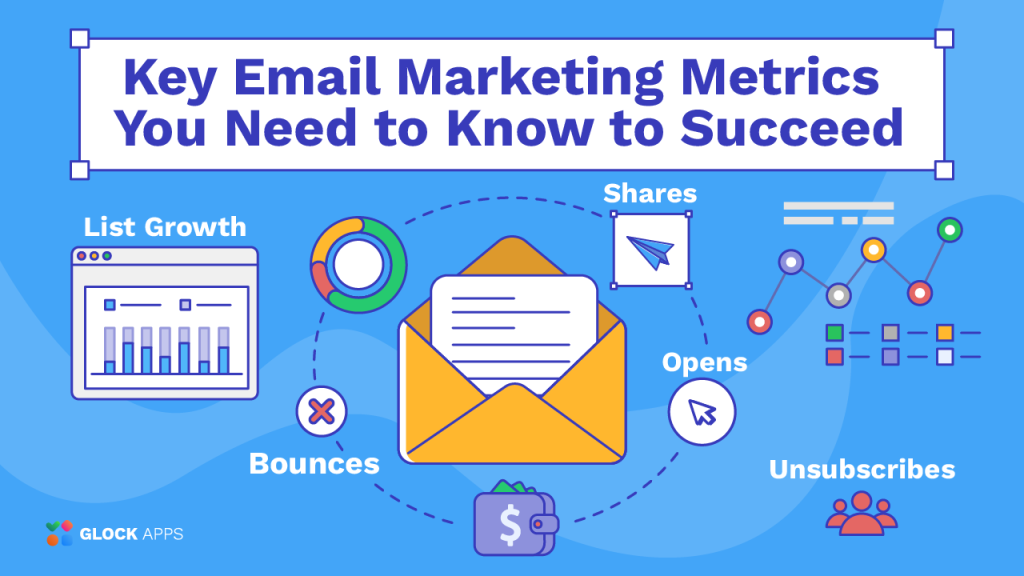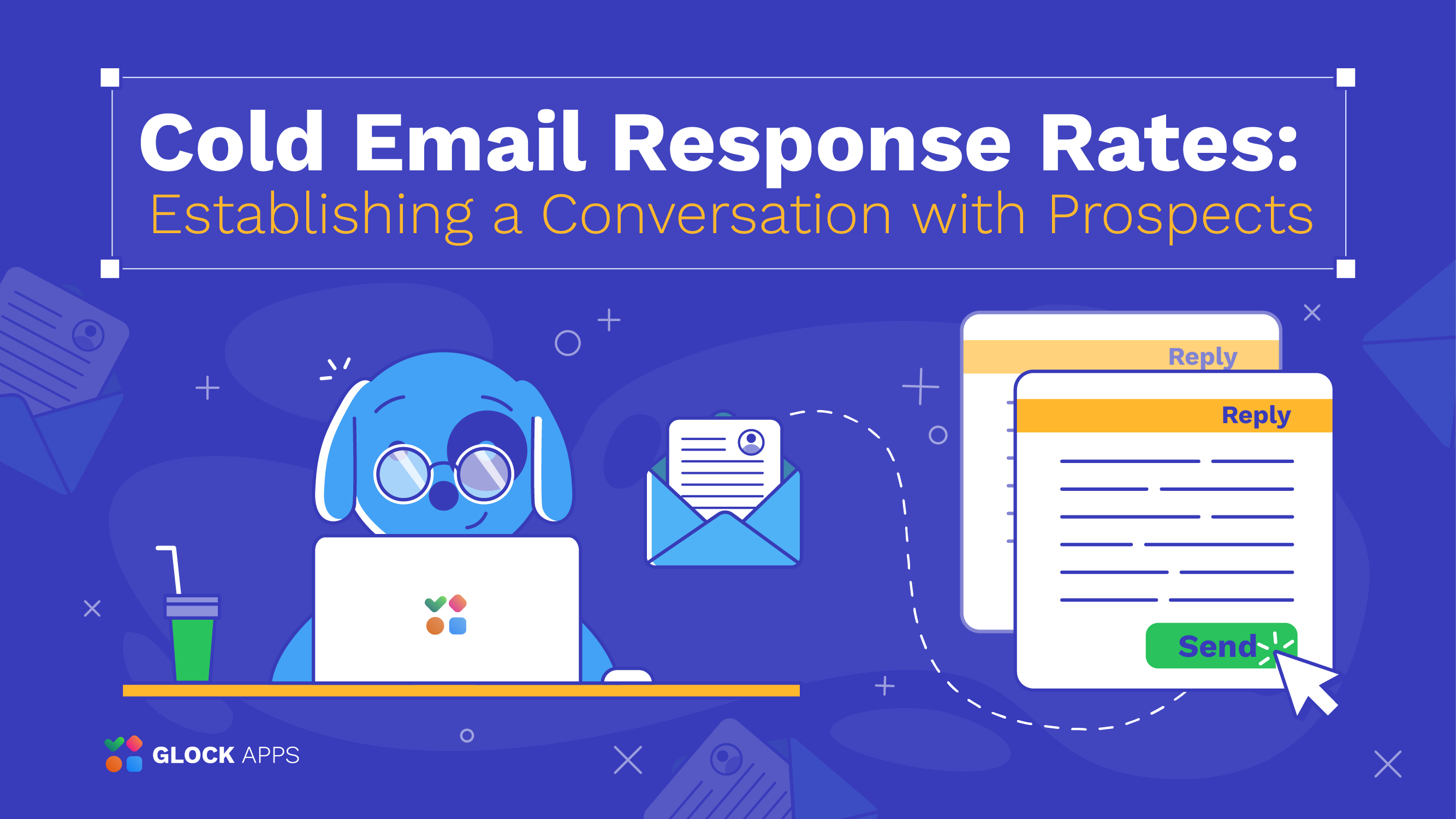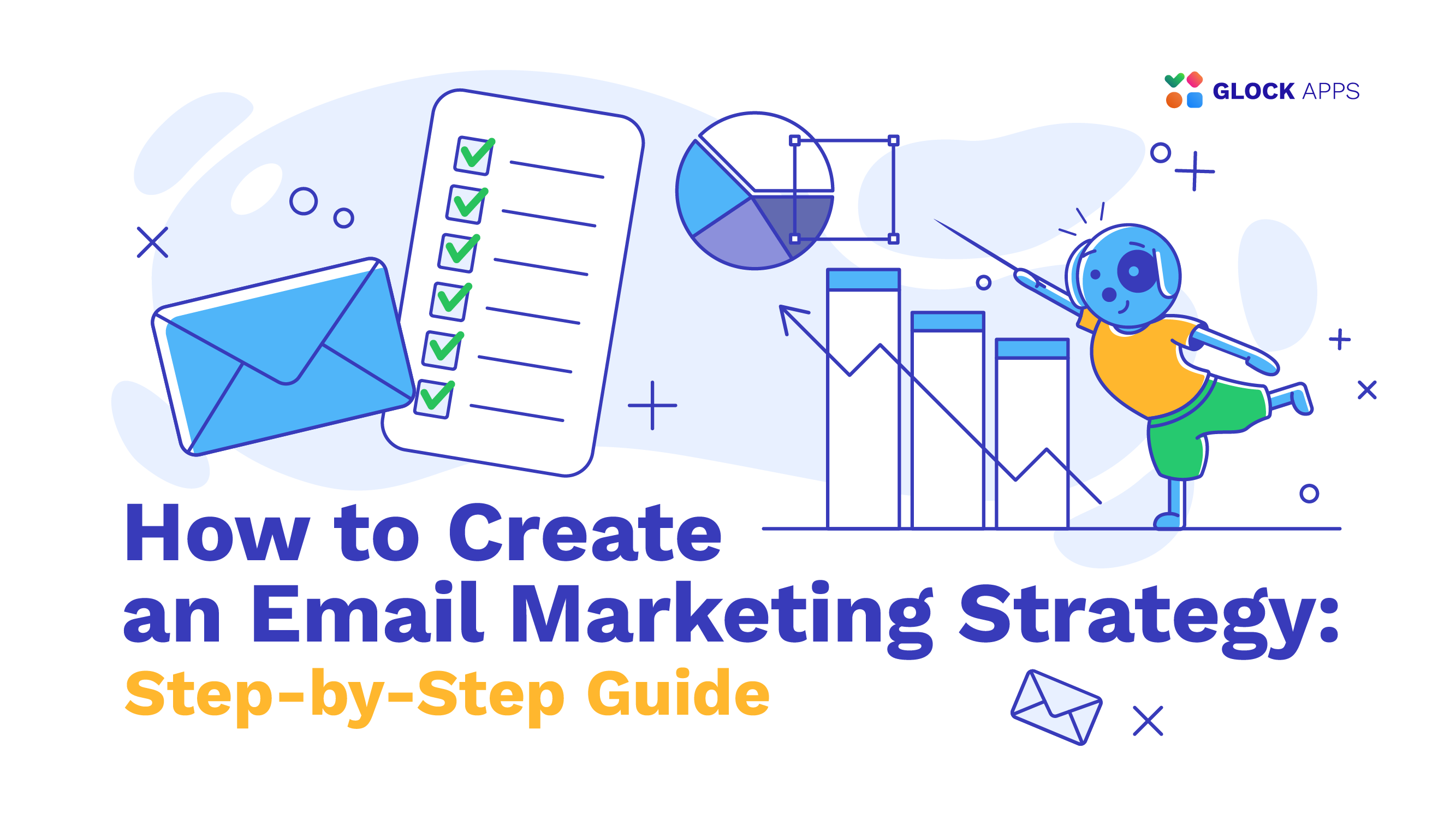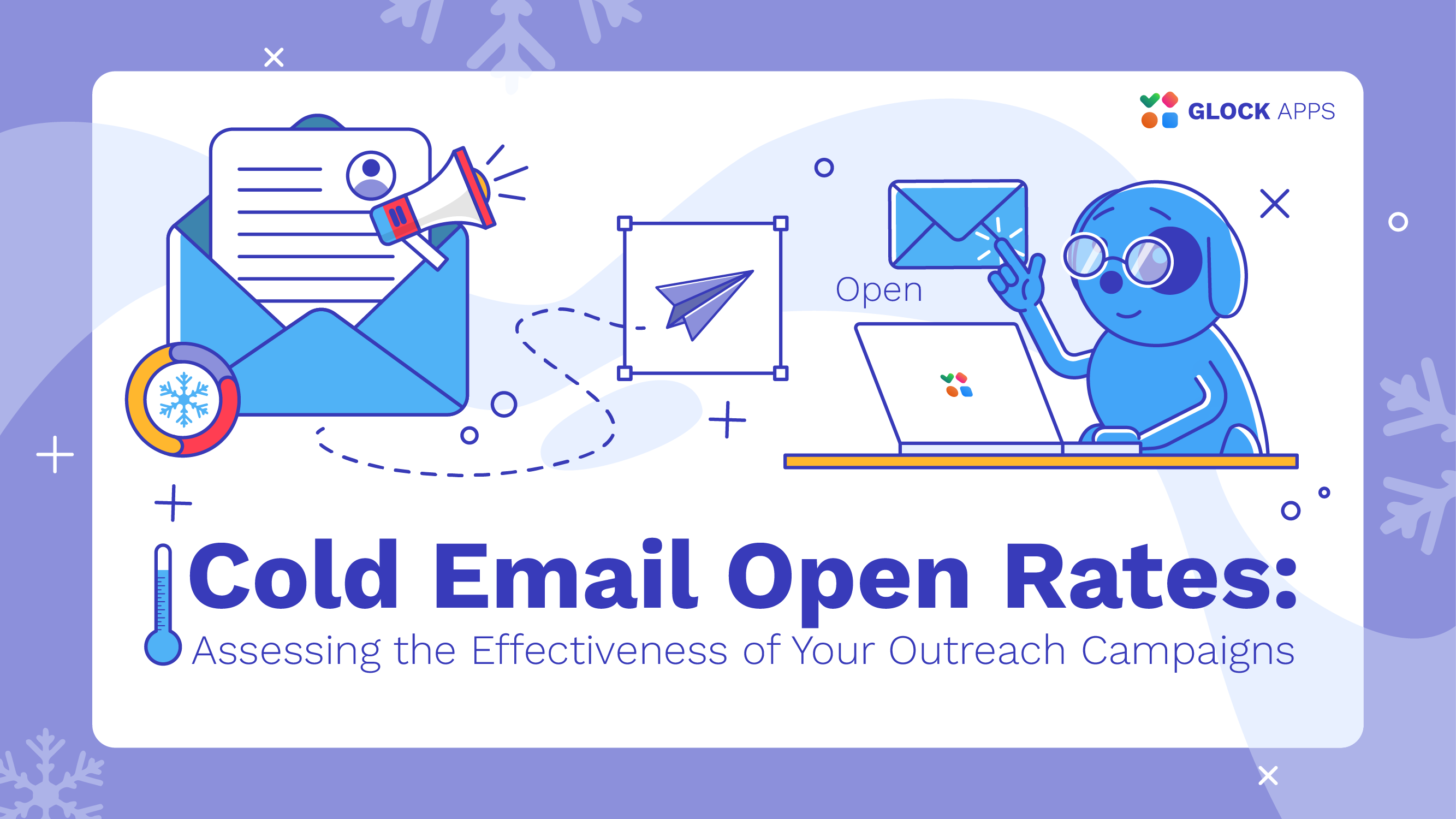Key Email Marketing Metrics You Need to Know to Succeed

Estimated reading time: 9 minutes
In this highly competitive world of email marketing, if you want to stay afloat, you need to know the right metrics and use them wisely. Metrics are not just numbers but they measure the pulse of your campaigns and how your strategies are playing with your audience. Here’s the ultimate guide for metrics every email marketer must track for better campaign optimization and driving measurable results.
Key Email Marketing Metrics Every Marketer Should Track
Understanding the right metrics is important in navigating the complexities of email marketing. Essential email marketing metrics provide critical insights that help marketers optimize their strategies, ensuring each campaign achieves maximum success.
Open Rate
Open rate, which measures how many of the emailed messages sent were actually opened, is one of the most basic metrics of email marketing. It is one of the first things that you want to measure, as it is the first layer of insight into how effectively your email campaigns are performing – especially regarding the appeal of your subject lines and whether your brand or sender’s name is recognized when they appear in a list.
A good open rate indicates strong subject lines that stop the thumbs on the scroll and demonstrate enough interest from the recipient to continue with the email. The importance of the open rate extends beyond just numbers. It impacts the overall health of your marketing efforts, influencing deliverability and sender reputation over time. Email service providers track open rates as part of their algorithms to determine if your emails should be considered spam or placed in the inbox. Make sure your emails reach their destination with GlockApps.
Therefore, keeping your open rate up signals two different things: it indicates that your current email campaign is still rousing interest and prompting people to read your emails. But it is also a litmus test of whether your email offerings so far have been resonating with subscribers’ preferences.
Click-Through Rate
One of the most important email marketing metrics is Click-Through Rate or CTR, which is a direct measure of the effectiveness of email content. Simply put, CTR gives you an indication of how well your email messages are enticing people to click on embedded links. CTR is calculated by dividing the number of clicks on a link by the number of emails delivered, then multiplying by 100 to express the result as a percentage. Tracking CTR helps marketers understand the engagement level of their content – how successful their content is at getting users to engage more deeply – and guides where to improve future campaigns to increase engagement and outcomes.
Unsubscribe Rate
An important metric in email marketing is the unsubscribe rate which represents the proportion of recipients who will opt out of an email list after receiving an email communication. It is one of the most critical gauges of the health of an email campaign. While a certain number of unsubscribes are needed and expected as a natural mechanism for maintaining the email list, higher than usual unsubscribe rates can point to either one or a combination of issues.
A high unsubscribe rate might indicate the need for better segmentation and personalization, to make emails more relevant to different groups of subscribers. Regularly reviewing and refreshing email content to better reflect changes in subscribers‘ interests and behaviors is also recommended. Finally, allowing subscribers to customize their email preferences, from the frequency to the content they receive, can also contribute to a reduced rate of unsubscriptions.
Click-to-Open Rate
Click-to-Open Rate (CTOR) is a refined metric that gives deeper insight into your email content, especially for understanding how the body of your content is encouraging your audience to act on your emails. Unlike the Click-Through Rate (CTR), which measures clicks against the total emails delivered, CTOR focuses specifically on the engagement of users who have shown initial interest by opening the email. This metric is calculated by dividing the number of unique clicks by the number of unique opens and then multiplying the result by 100 to get a percentage.
Increasing CTOR usually means better content – more valuable and specific, more pleasing and easier to navigate, supporting attention visually through button size and color, clarity of message, and the urgency of the call to action.
Return on Investment
Return on Investment (ROI) is a very important financial metric that is widely used in many areas of business, including email marketing. ROI for email marketing shows economic efficiency and effectiveness. In the context of email marketing, the ROI number is calculated by comparing the results from the campaigns: how much money they generate through purchases in comparison to how much your company paid for executing these campaigns.
Understanding ROI also helps in resource allocation. Knowing which types of email provide the best ROI guides marketers in deciding where to expend additional resources in campaigns that have proven effective – again, optimizing the marketing spend. This might involve focusing more on personalized promotional emails if they show higher returns, or scaling up newsletter production if it leads to significant indirect sales or engagement that is valuable to the company.
Bounce Rate
The bounce rate is one of the most important performance metrics in email marketing. It represents the total number of emails sent that were unable to get into the recipient’s inbox. Knowing this metric is important to track and improve the health of your email campaigns and potentially the quality of your email lists.
Bounce rates are an important metric to track because high bounce rates can affect the deliverability of your campaigns. Email service providers keep an eye on bounce rates when assessing a sender’s reputation. If you maintain a high bounce rate, then they may interpret this to mean you aren’t managing your mailing list well or that you are engaging in spammy behavior, which could result in your mail being blocked or filtered to the spam folder, causing a serious loss of the value of your email campaigns.
Overall List Growth
Overall list growth is a significant metric in email marketing, reflecting the vitality and expansion of your subscriber base. It is calculated by taking the net increase in subscribers — new subscribers minus those who have unsubscribed — and dividing it by the total number of addresses in your list.
Tracking and working to enhance your overall list growth rate is key to the long-term prospects of your email program: not only because it indicates the appeal of your content and the effectiveness of your acquisition strategies, but also because it ensures that your subscriber base remains fresh and dynamic, keeping engagement and business outcomes high.
Conversion Rate
The email marketing conversion rate is the percentage of your subscribers who completed a predefined action from your email campaign. That could be anything from a sale of a product, to an ebook download, or a signed-up service. To calculate this rate, you divide the number of successful conversions by the number of emails delivered, then multiply by 100 to get a percentage.
Essential Email Deliverability Metrics to Know
Email deliverability is a cornerstone of successful email marketing campaigns. Knowing the essential deliverability metrics helps marketers ensure their messages reach their intended inboxes.
Email Placement
Email placement significantly affects the success of email marketing campaigns by determining how visible your messages are to recipients. It includes four main categories: Inbox, Tabs, Spam, and Missing. Monitoring where your emails land can help inform you about the efficacy of your efforts to enhance email deliverability and identify the areas that need improvement. Emails landing in the spam folder can significantly decrease the open and click-through rates of your campaigns. Email content, sender reputation, and level of engagement with subscribers are the likely reasons for this problem. Edit your content to avoid typical spam trigger words, improve your list hygiene by cleansing it of inactive subscribers, or warm up your new email domain to resolve the deliverability issues.
Spam Rate
The spam rate is one of the most important metrics you’ll encounter in email marketing. It refers to the percentage of your emails that are marked as spam by the recipients or by their email clients’ filter systems. Preventing your campaigns from landing in the spam folder can drastically alter the subject line Either way, keeping your spam rate low will help you maintain a good reputation as a sender, which will help your emails land in recipients’ inboxes. Suppose people increasingly mark your emails as spam. In that case, email service providers are more likely to view all of your communications as junk, and your emails might automatically be routed to the spam folder. Stay out of spam with the help of GlockApps!
To minimize the spam rate, ensure that your email content is relevant, engaging, and, most importantly, wanted by your subscribers. Make sure to obtain explicit consent from recipients before sending emails, providing clear and easy-to-use unsubscribe options, and avoiding deceptive subject lines.
Sender Score and Reputation
Sender score and reputation are crucial metrics that reflect the trustworthiness and reliability of your email-sending practices. Most ESPs report their sender score and reputation back to you through a variety of evaluations, such as a percentage of your emails deemed spam, the volume of emails you’re sending, or how often the mailbox provider’s recipients take action on your emails. On average, a higher sender score means your emails are more likely to land in the inbox and less likely to end up in the spam folder.
Delivery Timing
Optimizing delivery times is so important because you take into account your audiences’ normal activity levels and send your emails when they’re most likely to engage with your messages. This informs when the best time of day is for you to send to different audience segments – past engagement helps illustrate when your contacts are most active. Running campaigns where your emails show up in inboxes at the times when your audience is most likely to engage with you will increase open rates, click-through rates, and campaign returns on your email marketing campaign outlays.
Learn more: How to Create an Email Marketing Strategy: Step-by-Step Guide
Overall
Knowing some important email marketing key performance indicators is key if you want to prevail in the competitive world. Metrics such as Open Rate or Click-Through Rate, and Unsubscribe Rate will give you insight into the effectiveness of your email campaign advertising by letting you know which actions, if any, your recipients are taking. If you watch these carefully, you will be able to optimize your campaigns and engage your audience better, ensuring that your marketing efforts are not going down the drain.
FAQ
The reason why email marketing metrics are important is that they offer insights into the success of your campaigns and help you plan future strategies. They also tell you how your audience is interacting with your emails.
The open rate measures the percentage of emails opened by recipients. It indicates the effectiveness of your subject lines and the recognition of your brand or sender’s name. A good open rate signals that your email content is relevant to your subscribers.
Overall list growth measures the net increase in subscribers. Tracking this metric ensures your subscriber base remains fresh and dynamic, indicating the appeal of your content.
CTR is calculated by dividing the number of clicks on a link by the number of emails delivered, then multiplying by 100 to get a percentage. It measures the effectiveness of your email content in encouraging recipients to engage further by clicking on links.



